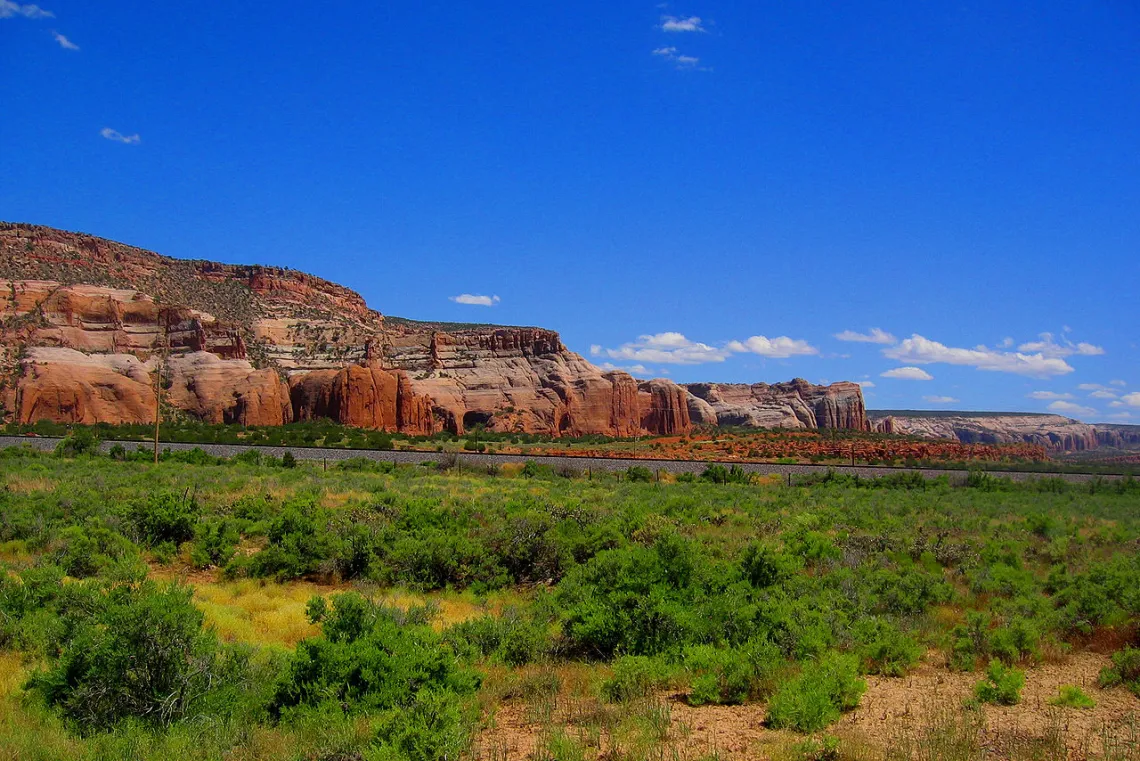Webinar Tomorrow: Connectivity for Climate Change

Connectivity for Climate Change: Assessing Threats and Identifying Conservation Actions
An important conservation strategy for climate change is to enhance and maintain regional habitat connectivity for the long-term viability of wildlife populations. Modeling habitat connectivity for wildlife species often results in a mapped network of linkages between habitat patches. A critical next step is to determine which of those linkages are priorities for conservation under climate change, and which conservation actions should be taken on those linkages. This webinar will present a framework for identifying priority conservation actions for linkages based on information on their degree of climate change threat, their importance to the overall habitat network, and projected threats from other stressors. This framework was applied to the connectivity networks of three species in the Southeastern U.S.: Rafinesque’s big-eared bat, black bear, and timber rattlesnake. Important differences among the species in the threats they face will be highlighted, as will key regions within the Southeast where there is a common priority strategy across the three species for conserving connectivity.
Speaker(s):

